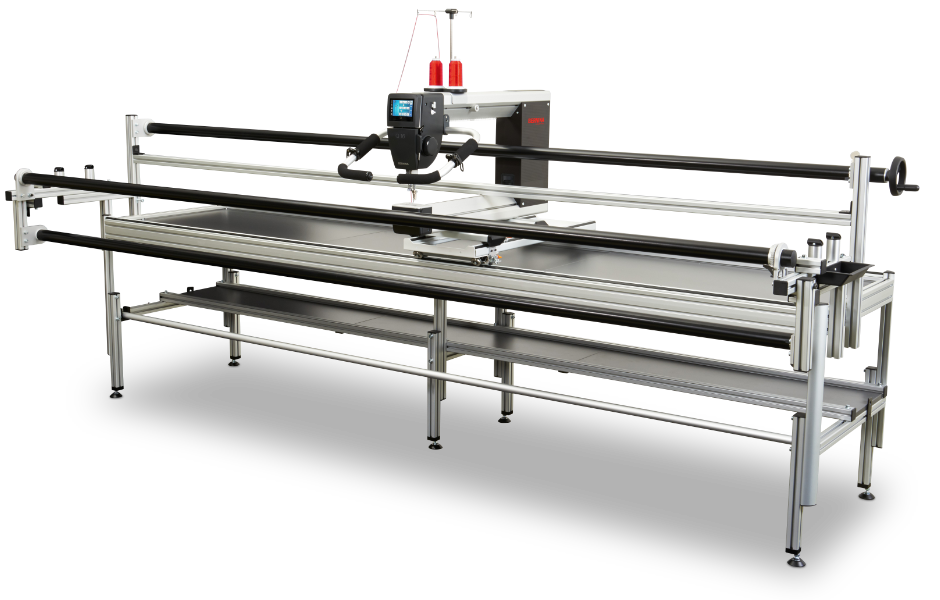It's a little OT for this forum, as I'm not really looking to use solar power for this, but I'm really looking for something that could serve as a UPS, running a constant load of about 100W, for a few hours--call it 300Wh or so--and using LiFePO4 batteries. Pb-acid don't seem to last long in any UPS I've had, and I don't want to deal with replacing them every couple of years. But I haven't been able to find any product quite like this. I'm seeing:
- So-called "solar generators"--lots of these out there, some of them using LiFePO4 (and many using other battery chemistries). And many of Will's reviews show serious, fundamental design flaws, in many cases making them unsafe to connect to power at all. And, of course, you're paying for solar charge controller functionality that I don't intend to use--though that isn't necessarily a deal-breaker, depending on how much it is.
- One of Will's "milk crate" builds--not quite the "finished product" I'd like, but nice that you can customize it with whatever pieces you want (delete the solar charge controller, use bigger batteries, etc.). But this really isn't going to run as a "UPS"--it's going to be running the load off an inverter, and at the same time running an AC charger. You also wouldn't be able to monitor it like a proper UPS, but for my purposes that isn't too important.
- ?





